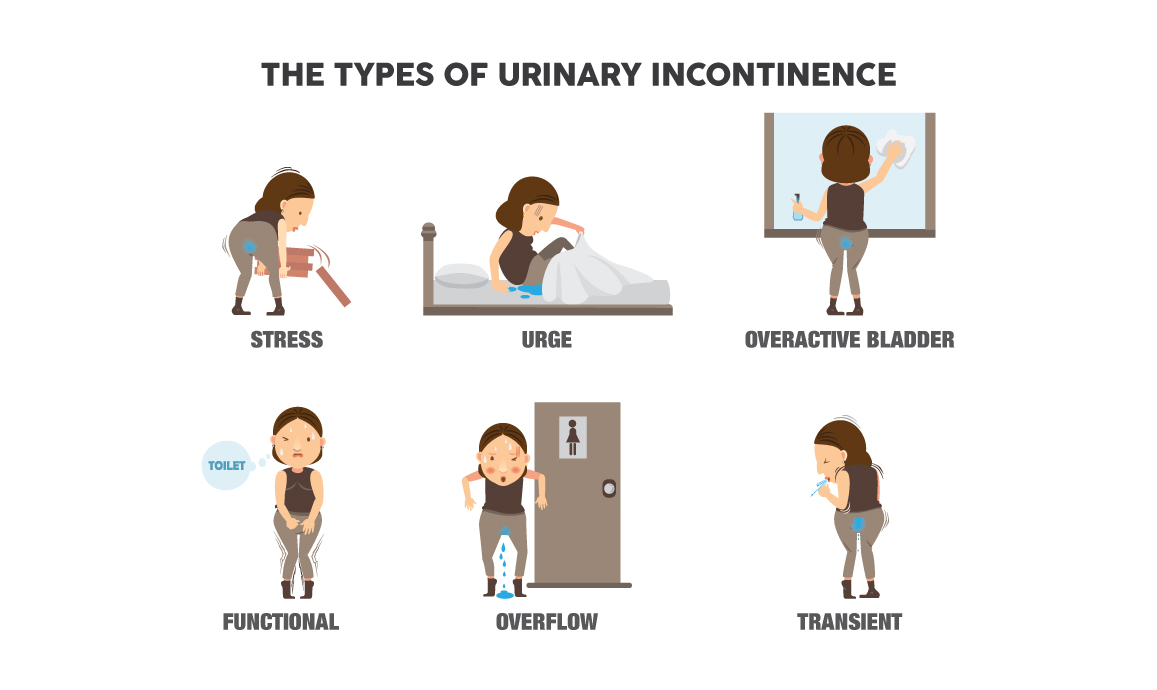Sport and engaging in physical activity is widely recognized by both the medical profession and members of the general public as being great for your health. Unfortunately for anyone who is suffering from stress incontinence, the vast majority of whom are female, engaging in sporting activities can exacerbate the problem.
Many ladies either stop partaking in the sports they love or try to come up with their own ideas or methods to combat the problem. One of the biggest issues when dealing with incontinence within sport is that there is no way of knowing just how severe the problem is because very few ladies ever speak to their GP about the problem. Whether through fear or pride, women either choose to give up the sports they enjoy or try to deal with the issue themselves.
Many ladies are even loath to discuss the subject with their team or club mates, even though studies have shown that many women are experiencing these problems, particularly in high impact sports such as trampolining or running.
What Causes Stress Urinary Incontinence?
In the vast majority of cases, Stress Urinary Incontinence is caused by a poorly functioning or weak pelvic floor. The pelvic floor consists of muscles, sphincters, and connective tissues, in layman’s terms it is equivalent to a trampoline. It has three basic functions within the body.
- To stabilise the spine and pelvis
- To provide support for the pelvic organs
- To control the retention and release of urine and fecal matter
If the muscles become stretched or damaged, then they are no longer as efficient at performing the tasks required. In the trampoline scenario, they don’t bounce back quite as quickly, or with as much force as they did originally, which can then cause leakages of urine amongst other things. Whenever someone takes part in physical exercise such as running or jumping, this exerts more pressure on the muscles.
What Are the Factors That Cause the Muscles To Weaken?
There is a broad range of reasons that can cause pelvic floor muscle damage including:
- Pregnancy and giving birth
- Constipation which in turn leads to excessive straining on the toilet
- Being significantly overweight or obese
- Old Age
- Chronic and persistent coughing
- Lifting heavy weights
How to Deal with The Situation
The first and most important thing for anyone that finds themselves dealing with stress urinary incontinence is to speak to your local GP. There is nothing to be embarrassed about, and your doctor will be more than happy to provide you with advice and treatment. They see a lot more serious and embarrassing issues on a daily basis, and every GP would prefer you to continue exercising regularly, rather than give up due to incontinence issues, the majority of which can be resolved. Although for the vast majority of ladies the treatment will involve pelvic floor exercises to strengthen that area, every lady is an individual, and in certain circumstances, a woman may need to learn how to relax their pelvic floor rather than strengthen it. This is another reason why it is critical that you consult a GP, rather than trying to treat the symptoms yourself.
The Treatment
- Pelvic Floor Exercises
The primary method of dealing with stress incontinence is to rebuild the strength and subsequent control in your pelvic floor muscles. The good news is that regular exercise can strengthen the vast majority of muscles. Your GP will provide you with a number of exercises which can be performed virtually anywhere, even when standing in the queue at Tesco’s. Be determined and committed to these exercises so that they quickly become a habit. As with any muscle exercise the more you perform and repeat them, the better the results will be.
- Reduce Your Caffeine Intake
Although the exercises will eventually improve the situation, there are other things you can do to help the situation. Caffeine, which is found in tea, coffee, and many fizzy drinks is known to increase the amount of urine your body produces and can irritate the bladder which will increase the need to urinate more often. Try to reduce the amount of caffeine you consume every day, switch to water.
Consider How Much Fluid You Consume Every Day
The more liquid you consume daily, the more often you will need to visit the bathroom. But few people are aware of the fact that by not consuming enough alcohol, they are also potentially increasing their incontinence problems. This is because if you do not drink sufficient fluids, your urine becomes much more concentrated and strong. This can then cause your bladder to become overactive, making you want to visit the bathroom more frequently. Healthy urine should be a pale straw color and not have an odor. Strong urine is much darker and often has a smell.
Once you begin to follow these guidelines and seek advice from your GP you should start to see an improvement, however, there are other things you can do to improve the situation until hopefully the problem is resolved. Wear dark colored clothing when exercising as these will hide any leakages. Some ladies use light incontinence pads whenever they exercise or wear washable incontinence briefs; this is obviously a matter of personal preference. Try and visit the bathroom before beginning your exercise, so that your bladder is empty. And most importantly of all, retain a positive attitude and do not let the worry of incontinence prevent you from enjoying your sport. Dealing with incontinence is a marathon, not a sprint, don’t give up!

